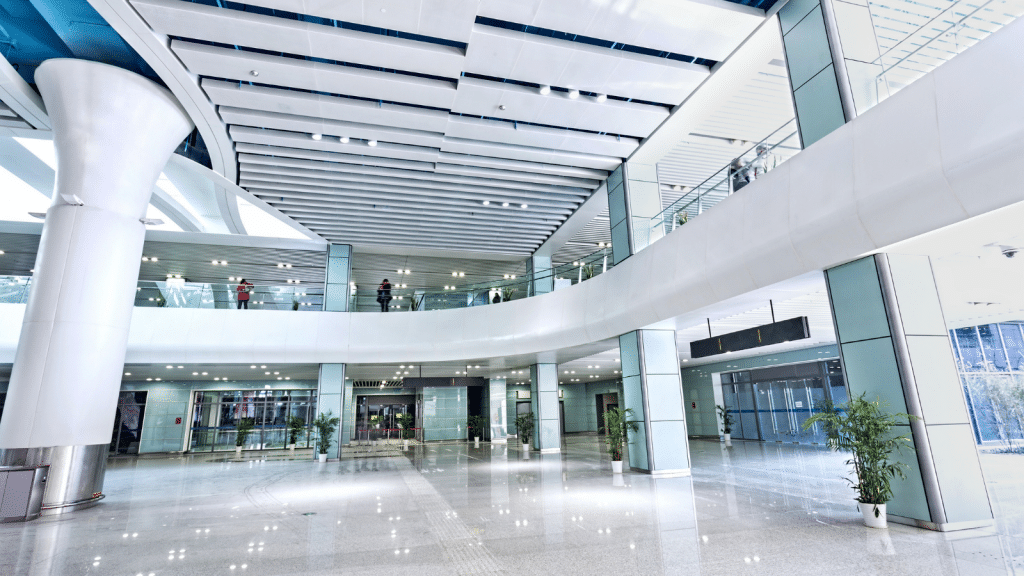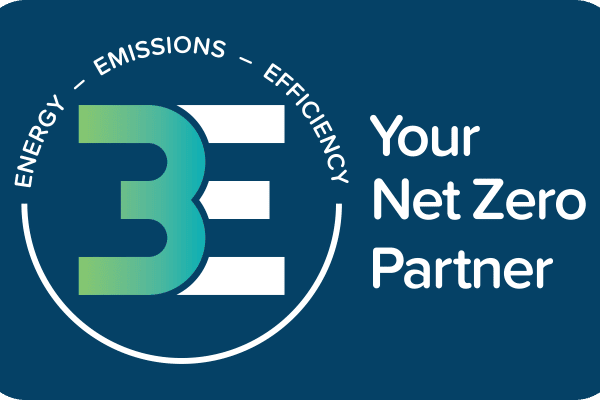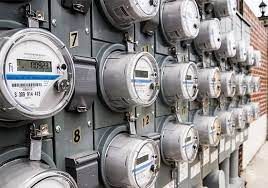We interviewed Arman Sarkisian, Ecosave’s Chief Operating Officer, and asked him about energy efficiency upgrades.
Arman brings over 16 years of experience, specialising in operational efficiency in building design, management, upgrades and ongoing performance optimisation. Arman has served clients from diverse industries including government, health, commercial, industrial, retail and education.
Given Arman’s extensive experience in the field of energy efficiency, sustainability and building performance optimisation, he shared his thoughts and advice on how commercial building owners can benefit from energy efficiency.
Below are two questions we asked Arman in an exclusive ‘Ask the Expert’ series – you can listen to the audio recording here
Q: Why should business owners and commercial building operators consider upgrading their facilities to become more energy efficient? (Read his response)
Q: Would you advise commercial operators who own older buildings to upgrade their facilities to be more energy-efficient and sustainable? (Read his response)
Question: Why should business owners and commercial building operators consider upgrading their facilities to become more energy efficient?
Arman: It depends on what they’re trying to achieve, but regardless of what their goals are, upgrading is always, in my mind, a positive business case and I’ll elaborate a bit more.
I’ve been in this industry for over 16 years now, and the reasons and motives client do upgrades varies, but in general, reducing operational cost is always one of their main reasons. So, even if carbon tax reduction targets or reducing energy is not their main priority, it still makes it a good business case.
Efficiency upgrades, mostly, if packaged the right way, provide an effective business case. The other objective, obviously, is meeting targets. Whether these targets are reducing energy in general, or decrease your emissions and how you target them, it’s good for the environment.
It’s an ethical form of corporate social responsibility. Perspective is good from a PR’s perspective and depending on what you do: optimizing, tweaking, and as a low hanging fruit. It gets you to a certain degree, on your path, and depends on what your goal is.
We have a variety of customers and clients at various levels of their sustainability journey. If a client is ambitious, say, targeting carbon neutrality or Net Zero, an upgrade is almost inevitable – to reduce your emissions, make it cost-effective for you, and to achieve the latter goal.
In general, sometimes upgrading it, bundled with end-of-life, using maintenance cost, or the entire bundle altogether makes more sense. It depends on your facility, the life of your equipment, your current energy consumption, and your operational profile, which also depends on your part. I urge the clients to look at it holistically and just not look at one aspect.
To summarize: reducing operational costs, your emissions, reducing your energy, and the last neglected one is the lifecycle cost of your plant.
Question: Would you advise commercial operators who own older buildings to upgrade their facilities to be more energy efficient and sustainable?
Arman: So, for landlords or asset managers, it makes more sense to do it. In addition to some of the reasons I’ve mentioned earlier; it not only makes the building more attractive: it also increases the grade of the building.
If you look at the Property Council of Australia’s grades: achieving sustainability targets improves the grade of your building, which makes it more attractive, if you’re selling it or asking for investors.
The other aspect of it is increasing the energy efficiency of your buildings. When you’re selling office space, leasing or subleasing it, you attract better tenants.
Some of our clients know that if you are leasing, subleasing, or selling office spaces that are greater than 1000 square metres, you’ll need a Building Energy Efficiency Certificate (BEEC). What’s displayed on that certificate is the CBD Tenancy Lighting Assessment (TLA), NABERS base building, or the whole building’s lighting. The higher the rating, you attract better tenants.
Basically, these days, when tenants sign up for a lease, especially government tenants, they look at certain star ratings – four and a half and above. Therefore: If your building is non-performing or you’ve got a two-star rating, you limit yourself by excluding a big portion of tenants who might be interested in your building. That’s one aspect of it.
Second aspect of it, as I mentioned earlier: low-performing buildings have an opportunity for quick reduction in energy costs with the fastest payback period. Another misleading perception in the industry is: If my building was built efficiently, it will perform efficiently. That’s not the case.
A building built to specific design criteria needs to be monitored, tweaked, and adjusted to its operational profile to ensure it performs well. So, when I look at a building owned or managed by asset managers, I don’t really mind whether it’s an older building – whether it’s a recent building or a newly built one. In my mind, there are opportunities to optimise and reduce the energy consumption of a facility.





